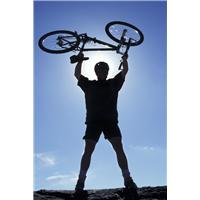Positive changes to diet, physical activity and body weight can substantially decrease your risk for most types of cancer, according to the latest information from the World Cancer Research Fund.
Commenting on the research the British Nutrition Foundation says:
“This research shows the value of focussing on cancer prevention – over a third of cancers can be prevented by improving diet, physical activity and weight management.
“As so many of us are affected by cancer, we hope that these statistics will motivate people to make changes to their lifestyle to allow them to live free from the burden of cancer. It is notoriously difficult to change peoples diets and activity levels, but these figures show that lifestyle really can make a measurable difference, so improving diet and physical activity habits is certainly worth the effort.”
Lisa Miles, Senior Nutrition Scientist
Press release from World Cancer Research Fund:
Landmark report: many cancers could be prevented across the globe
Over 40 per cent of bowel and breast cancer cases in the UK are preventable through healthy patterns of diet, physical activity and weight maintenance, according to estimates in a landmark report that has set out recommendations for policies and actions to reduce the global number of cancer cases.
The report, Policy and Action for Cancer Prevention, published today by World Cancer Research Fund (WCRF), has estimated that about 43 per cent of bowel cancer cases and 42 per cent of breast cancer cases in the UK could be prevented in this way.
The overall message of the report is that all sections of society from governments to households should make public health, and cancer prevention in particular, a higher priority. And it includes estimates on the proportion of cancer cases that could be prevented through diet, physical activity and weight that demonstrate how important the issue is.
The estimates for the US are that 45 per cent of bowel cancer cases and 38 per cent of breast cancer cases are preventable by these means. The report has also estimated the preventability of cancer in China and Brazil, which represent low and middle-income countries, respectively.
The overall estimate is that about a third of the most common cancers in high-income countries and a quarter in lower-income countries could be prevented. These figures do not include smoking, which alone accounts for about a third of cancers.
As well as breast and colon cancers, across the world many cases of other cancers, such as those of the kidney and stomach, are preventable (see table below).
As part of the evidence-based report, thought to be the most comprehensive ever published on the subject, two independent teams of scientists systematically looked at the evidence for how policy changes and interventions influence the behaviours that affect cancer risk.
Following this, a panel of 23 world-renowned experts made 48 recommendations spread across different groups in society to follow. These groups are: multinational bodies; civil society organisations; government; industry; media; schools; workplaces and institutions; health and other professionals; and people. The recommendations include:
* Schools should actively encourage physical activity and provide healthy food for children.
* Schools, workplaces and institutions should not have unhealthy foods available in vending machines.
* Governments should require widespread walking and cycling routes to encourage physical activity.
* Governments should incorporate UN recommendations on breastfeeding into law.
* The food and drinks industry should make public health an explicit priority at all stages of production.
* Industry should give a higher priority for goods and services that encourage people to be active, particularly young people.
* Health professionals should take a lead in giving the public information about public health, including cancer prevention.
* People should use independent nutrition guides and food labels to make sure the food they buy for their family is healthy.
Professor Sir Michael Marmot, Chair of the WCRF Panel, said: This report shows that by making relatively straightforward changes, we could significantly reduce the number of cancer cases around the world.
When people think of policy reports, they often think they are only relevant to governments. But while governments are important in this, the evidence shows that when it comes to cancer prevention, all groups in society have a role to play. This report is relevant to everyone from heads of government to the people who do the weekly food shopping for their family.
We have been fairly specific about what different groups need to do. But the Reports overall message is that everyone needs to make public health in general, and cancer prevention in particular, more of a priority.
Professor Martin Wiseman, Project Director of the Report, said: Making estimates on the proportion of cancer cases that are preventable is complex and challenging.
The figures in this report have been agreed by the most eminent of scientists and they are as accurate as they can be with the available data.
On a global level every year, there are millions of cancer cases that could have been prevented and this is why we need to act now before the situation gets even worse.
We are expecting a substantial increase in cancer rates with the ageing population, obesity rates soaring, and with people becoming less active and increasingly consuming highly processed and energy dense foods and drinks. The good news is that this is not inevitable and we still have the chance to avert a crisis before it is too late.
Professor Mike Richards, National Clinical Director for Cancer, has welcomed the report. He said: “The evidence linking diet, physical activity, obesity and cancer has become stronger over the last decade and this report can play a part in people adopting healthier lifestyles.
“I welcome this report, which has been produced by leading scientists in the field. After not smoking, it is clear that diet, physical activity and weight are the most important things people can do to reduce their cancer risk.”
ESTIMATED PERCENTAGE OF CANCERS THAT COULD BE PREVENTED
US UK Brazil China
Mouth, pharynx & larynx 63 67 63 44
Oesophagus 69 75 60 44
Lung 36 33 36 38
Stomach 47 45 41 33
Pancreas 39 41 34 14
Gallbladder 21 16 10 6
Bowel 45 43 37 17
Liver 15 17 6 6
Breast 38 42 28 20
Endometrium (womb) 70 56 52 34
Prostate 11 20 n/a n/a
Kidney 24 19 13 8
12 cancers combined 34 39 30 27
The report is available for download at www.dietandcancerreport.org
More Information
The preventability estimates are about a third of the most common cancers in high-income countries and about a quarter in lower income countries.
Because of the way that different lifestyle factors are inter-linked, it is not possible to simply add the preventability estimates from smoking and other lifestyle factors together to get a total.
The British Nutrition Foundation is a registered charity. It promotes the wellbeing of society through the impartial interpretation and effective dissemination of scientifically based knowledge and advice on the relationship between diet, physical activity and health. Web: www.nutrition.org.uk



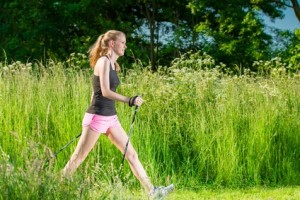
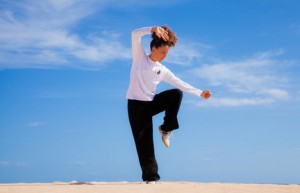
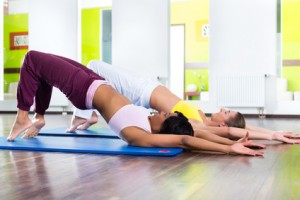
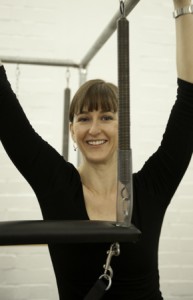
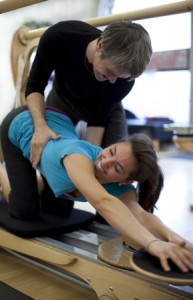
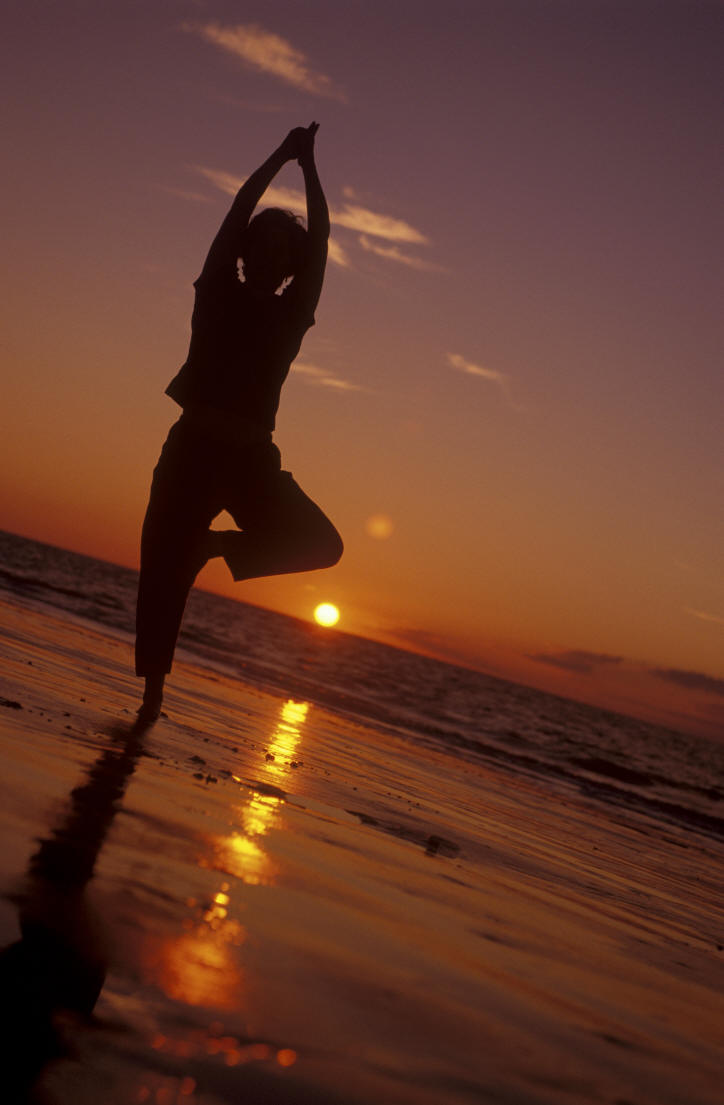

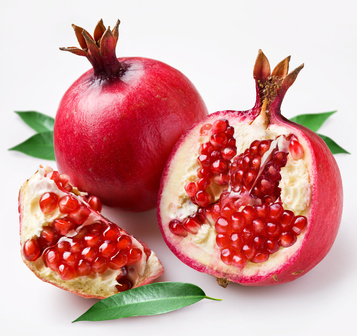

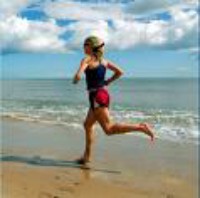



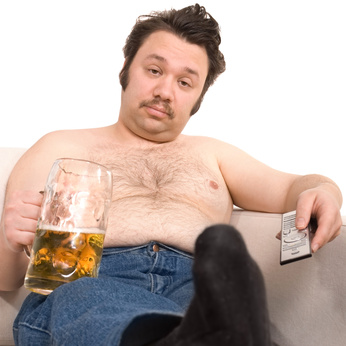



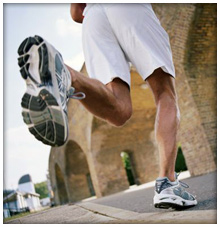
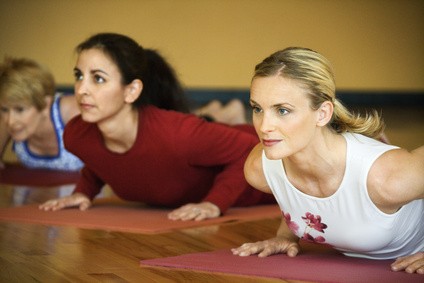
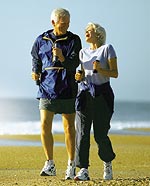 The findings have stirred up the long-standing debate over which country has the better health care system.
The findings have stirred up the long-standing debate over which country has the better health care system.




